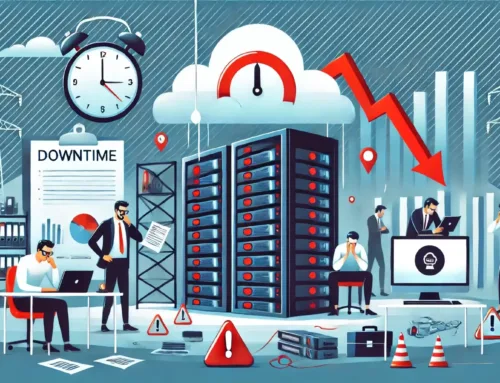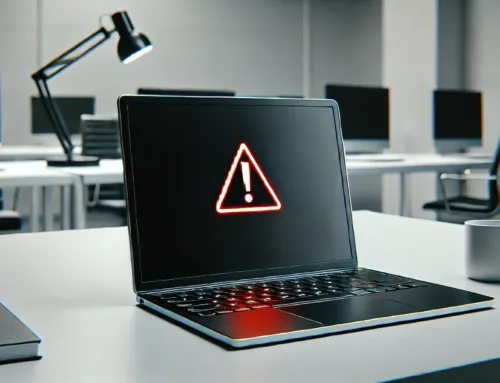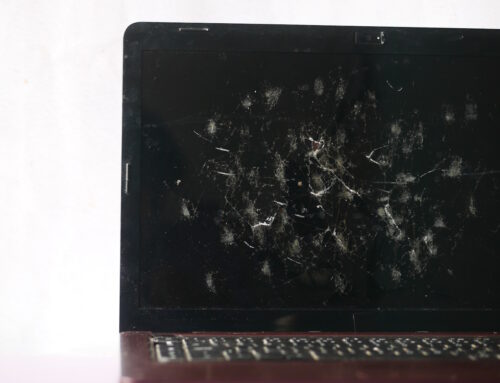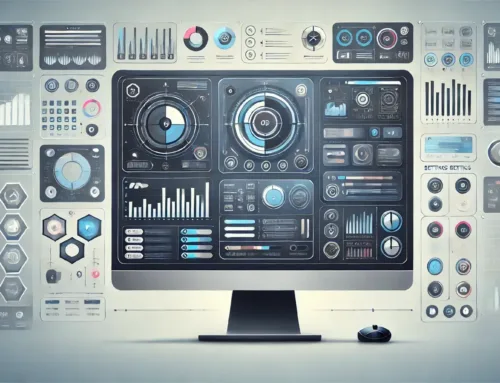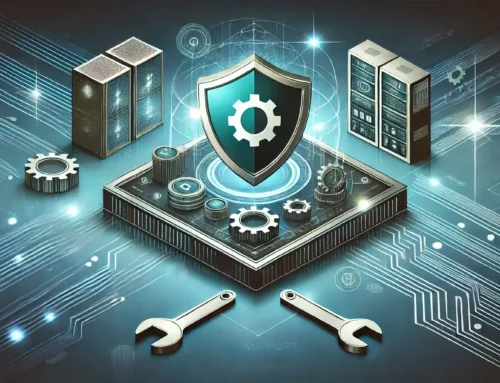How to Tell if Someone is Accessing Your iPhone Remotely
In today’s digital age, our smartphones hold a wealth of personal information, making them prime targets for unauthorised access. Whether it’s for malicious intent or simply curiosity, knowing if someone is accessing your iPhone remotely is crucial for protecting your privacy and security. In this guide tailored to the UK audience, we’ll explore the signs to look out for and steps to take if you suspect remote access to your iPhone.
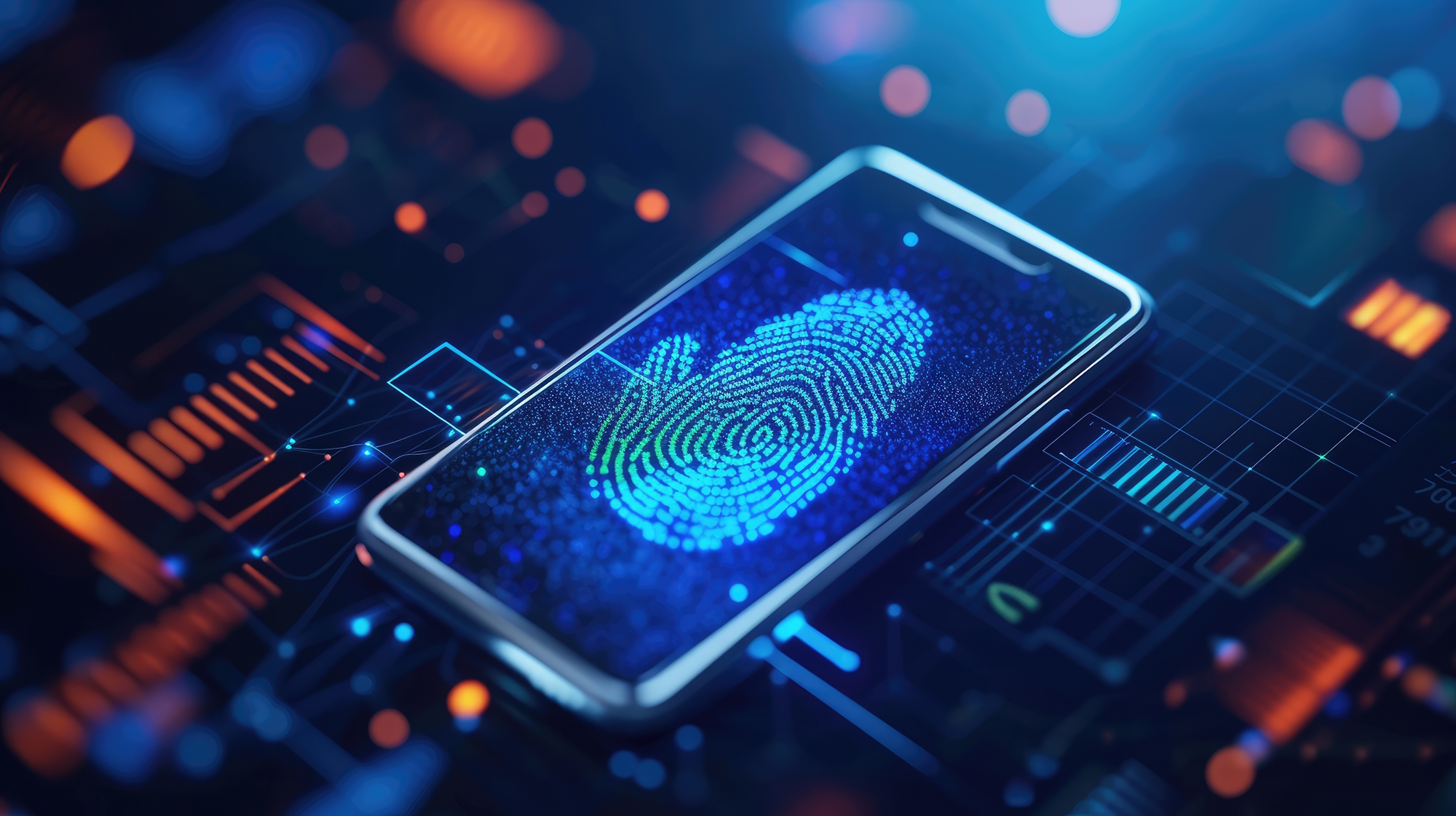
Understanding Remote Access
Remote access refers to the ability to control or view a device from a distance, often without the owner’s knowledge. This can happen through various means, including:
- Unauthorised Installation of Spyware or Malware: Malicious software installed on your iPhone can grant remote access to unauthorised individuals.
- Compromised Accounts: If someone gains access to your Apple ID or iCloud account credentials, they may be able to remotely monitor your iPhone.
- Network Vulnerabilities: Unsecured Wi-Fi networks or compromised cellular connections can be exploited to gain remote access to your device.
Signs of Remote Access
1. Unusual Battery Drain: If your iPhone’s battery is draining faster than usual, it could be a sign of background processes running, such as spyware or remote access tools.
2. Increased Data Usage: Spyware or remote access tools may transmit data in the background, leading to a spike in data usage beyond your typical usage patterns.
3. Strange Behaviour: Unexpected changes in your iPhone’s behaviour, such as apps opening or closing on their own, sudden crashes, or unexplained pop-up messages, could indicate remote access.
4. Suspicious Account Activity: Check your Apple ID or iCloud account for any unusual login attempts or device connections that you don’t recognise.
Steps to Verify Remote Access
If you suspect that someone is accessing your iPhone remotely, here’s what you can do to verify and mitigate the issue:
1. Check for Installed Apps: Review your iPhone’s installed apps and look for any unfamiliar or suspicious applications. Remove any apps that you didn’t download or don’t recognise.
2. Scan for Malware: Use reputable antivirus or anti-malware software to scan your iPhone for malicious software. Look for apps specifically designed to detect and remove spyware.
3. Review Device Settings: Check your iPhone’s settings for any unusual configurations, such as unfamiliar VPN profiles, remote management settings, or unauthorised device management profiles.
4. Monitor Network Connections: Monitor your iPhone’s network connections for any suspicious activity. Look for connections to unfamiliar IP addresses or unusual data transfer patterns.
5. Change Passwords: If you suspect that your Apple ID or iCloud account has been compromised, change your account passwords immediately. Enable two-factor authentication for added security.
6. Update Software: Ensure that your iPhone’s operating system and apps are up-to-date with the latest security patches. Updates often include fixes for vulnerabilities that could be exploited for remote access.
Preventative Measures
To protect your iPhone from remote access in the future, consider implementing the following preventative measures:
- Use Strong Passwords: Create complex passwords for your Apple ID, iCloud account, and iPhone lock screen to prevent unauthorised access.
- Enable Find My iPhone: Activate Find My iPhone feature to track and remotely erase your device if it’s lost or stolen.
- Avoid Jailbreaking: Refrain from jailbreaking your iPhone, as it can bypass built-in security measures and increase the risk of remote access.
- Be Wary of Unknown Sources: Only download apps from the official App Store to minimise the risk of installing malicious software.
- Regularly Monitor Activity: Periodically review your iPhone’s settings, installed apps, and account activity for any signs of unauthorised access.
Summary
Techfident offers a comprehensive range of solutions for both remote support and remote desktop needs. Whether you’re seeking technical assistance or seamless remote access, we have the right tools and expertise. If you’re in desperate need of IT Support, get in contact with us now.
